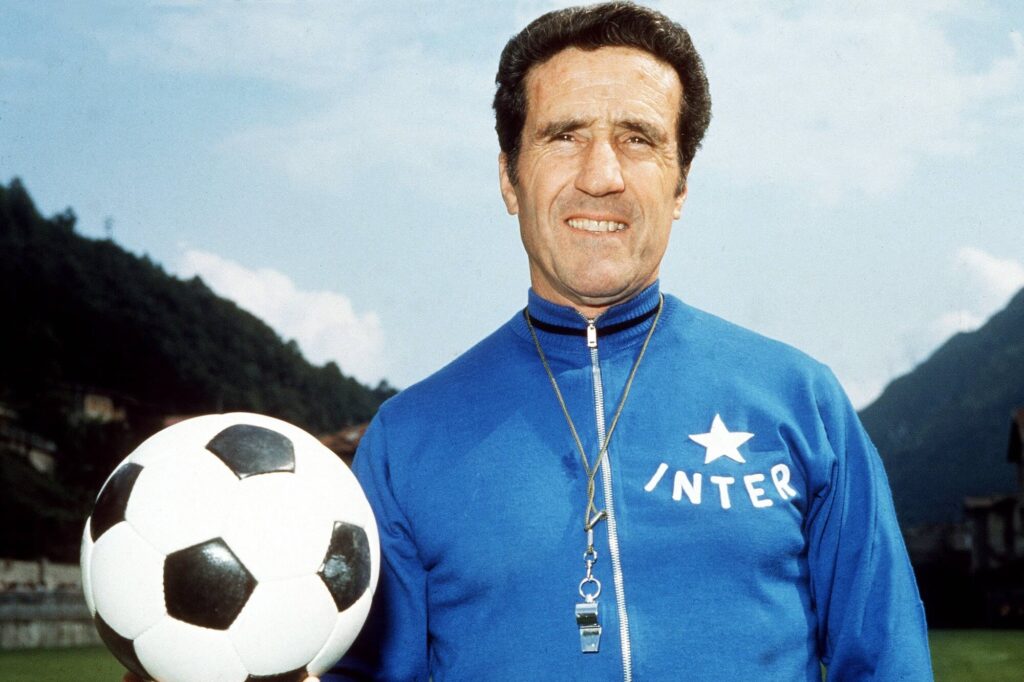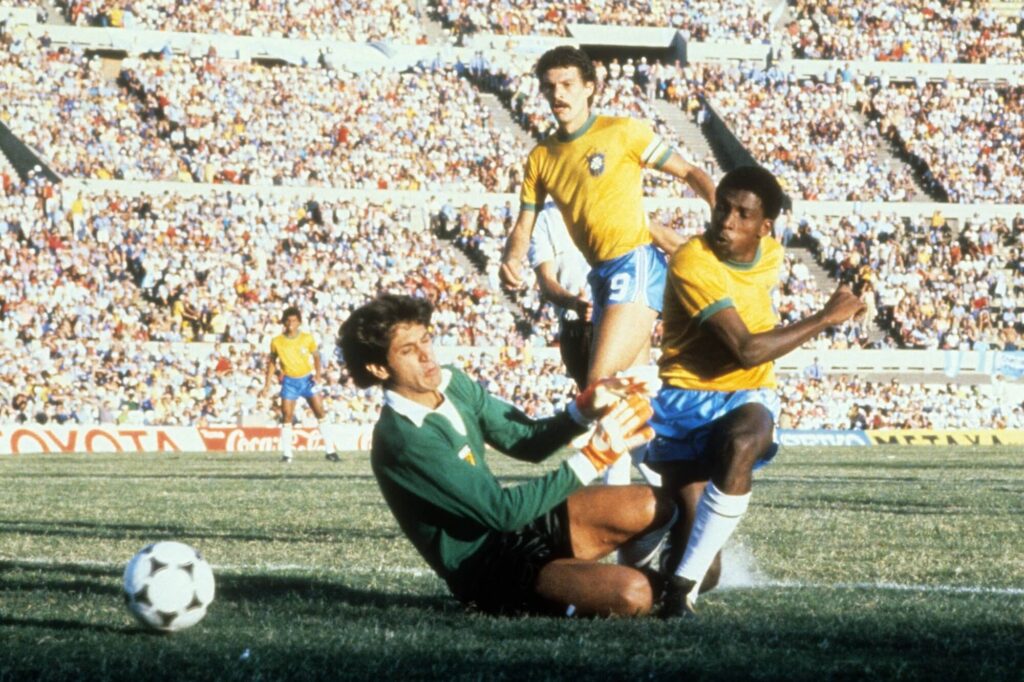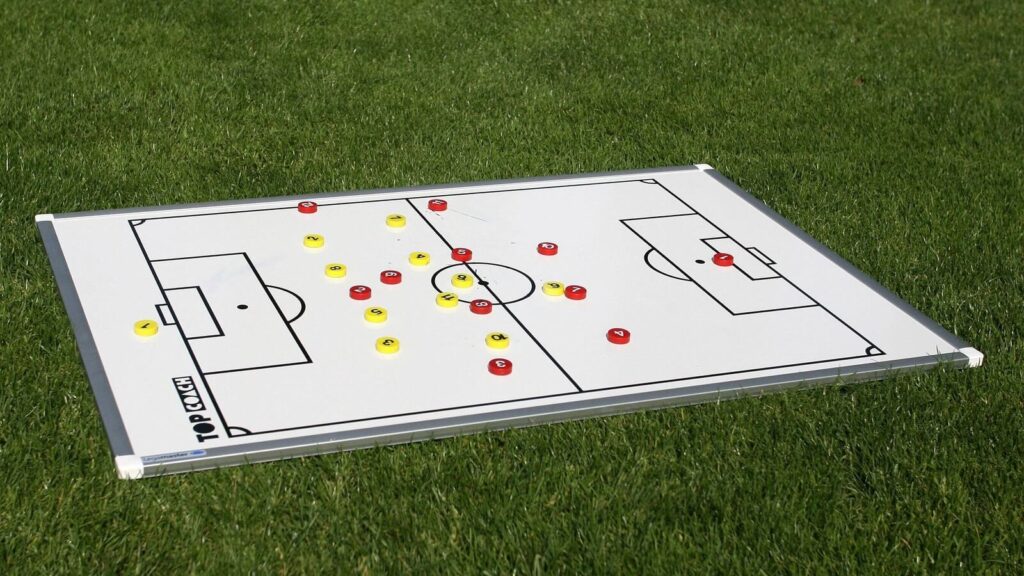Football has always been changing with the time. Players and coaches are constantly trying to gain tactical advantages. The earliest formations were offensive in nature, focusing more on goal scoring rather than the defense. With time, this balance changed heavily. Formations began to integrate defensive strategies while looking to attack. This article takes you through the tactical evolution of football. From the aggressive W-M formation to the more structured 4-2-4, thereby demonstrating how tactical shifts dictated the present-day game.
The Origins: 2-3-5-The Pyramid System
Late 19th and early 20th century football was played with a strong attacking focus. The dominant formation was 2-3-5 or Pyramid System. With only two defenders, the subsequent three midfielders and five forwards were all meant for goal-scoring. Basic and rather unstructured was defending.
The idea was absolutely simple; overload the attack with numbers and outscore the opponent with sheer firepower. Though there were some exciting and high-scoring games, it was mostly against teams vulnerable at the back. Teams with no defensive cover were bound to concede goals as easily. This occurrence was equally common with teams that scored. There was a necessity for a more balanced approach as defense rose into popularity.

The W-M Formation – A Tactical Revolution
The years 1920-1930 brought big tactical changes to the game. W-M, the title for the formation instigated by Herbert Chapman at Arsenal, came as an answer. It opposed the offside rule change in 1925, reducing the number of defenders required to keep an attacker onside.
The W-M (3-2-2-3) introduced three defenders at the back instead of two, allowing a more organized defending approach. The next two players would play the role of holding midfielders. They hold the possession, creating a bridge between attack and defense. This idea offered resilience without losing offensive power.

Chapman’s Arsenal became dominant playing this kind of football. And soon enough, the W-M formation was adopted by other teams across Europe. This marked a further shift from the turbulence and goal bonanzas of the 2-3-5 era. It also signaled the beginning of a more tactical period in football.
The Italian Influence: Catenaccio and Defensive Organization
By the mid-20th century, teams started further improving defensive strategies. Italy, famous for tactical discipline, introduced Catenaccio. This system intended to stop attacking formations such as the W-M.
Under Helenio Herrera, teams like Inter Milan popularized Catenaccio, with emphasis on a sweeper or libero. The sweeper plays behind the defensive line to ward off any danger. The crux of the strategy was to make defensive organization a priority. This strategy often led to instant counterattacks.

While very efficient, Catenaccio was criticised for being too negative. It was, in essence, a rebuttal to the fiercely offensive formations of yesteryears. It shows how defensive solidity has become a part and parcel of football tactics. This period highlighted a turning point where football formations were no longer just about attack. The teams now preferred structure, discipline and control.
The Birth of 4-2-4 – A Balanced Approach
The late 1950s saw the creation of the 4-2-4 system to generate a unity between offense and defense. It was perfected by the likes of Béla Guttmann and Vicente Feola into a masterful weapon. The 4-2-4 was revolutionary for the introduction of the notion of equilibrium in football tactics. This formation has four defenders, two midfielders in the middle and four attackers. It created a scenario in which quick attacks could materialize and yet relied on defensive stability. Brazil made full use of this system in winning the World Cup in 1958 in that very manner.

Another feature that made the 4-2-4 system unique, was that the players in the midfield were expected to perform more than one function. Past systems designated midfielders either as defensive or attacking players. But 4-2-4 formation required them to do both. It allowed the transition to be more rapid and became a vital recipe for controlling the game.
Hungary’s Golden Team played the 4-2-4 formation in the years leading to the 1950s, before Brazil perfected it. They showed such fluidity with the likes of Ferenc Puskás and Nándor Hidegkuti. The 4-2-4 system became a standard for tactical flexibility, that is now found in modern football.

The Evolution of Balance in Football
The move away from the W-M formation to the 4-2-4 meant a paradigm shift in football tactics. The growing awareness of attacking with an equally strong defense, birthed the current-day tactical flexibility. Modern formations like 4-4-2 and 4-3-3 are favoured for their fluidity. Earlier formations like 2-3-5 and W-M tilted towards offense. Later formations ensured teams had a balance in defending efficiently while being lethal in attacking. The 4-2-4 thus bridged many modern football structures and formed a phase in strategic evolution.
Lately, the formations of football have been evolving. The introduction of positional play, false nines, and high pressing systems has given more refinement to this game. Coaches like Pep Guardiola, Jürgen Klopp and Carlo Ancelotti proved to be flexible. They followed these historic formations, adapting them very much. Read here about most famous football coaches that changed how this sport is played.

The Legacy of Early Tactical Changes
Football tactics have evolved significantly, from attack-dominated formations. Now, tactics are mainly balanced to have offense and defense on the same footing. The transition from the W-M to 4-2-4 was a critical turning point that laid the foundation for modern tactical strategies.

At present, football teams no longer stick to rigid formations. They adapt and shift based on the opponent and during the game. However, the general principles of balance, spacing and movement still hold their ground.
Football has been evolving tactically, giving clues how the game will continue to change. With new systems of football being used, the adoption of these systems varies across coaches and their methods. Football tactics will keep evolving as teams adapt to new challenges and innovations. While formations may change, the essence of balance between attack and defense remains essential.
